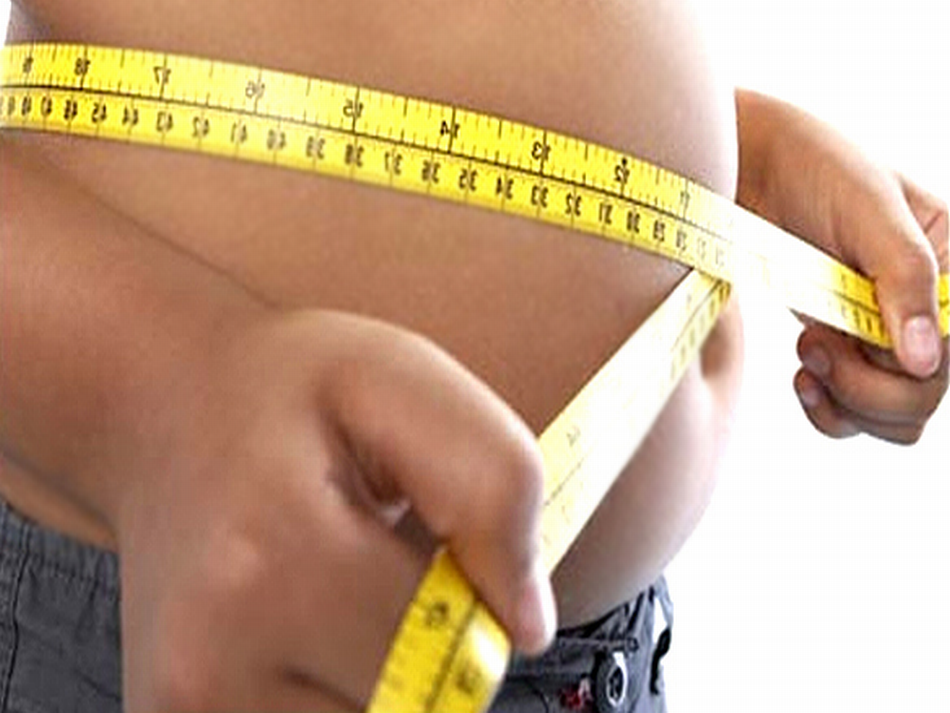Child obesity
Adult and child obesity are a major problem in the European Union, with Romania ranking 3rd in terms of child obesity in Europe.

Christine Leșcu, 17.07.2013, 11:12
According to a Eurostat survey made public in 2011, targeting the period between 2008 and 2009, the percentage of obese adults across the European Union was 8% to 25%. Most of them were in Great Britain and Malta, while Romania had one of the lowest obesity rates. Also, in 2007, the World Health Organization warned that 20% of European children and teens were overweight, while a third of them were obese. The situation has changed in the meantime. But what is the situation today in Romania in terms of child obesity? According to information recently provided by the Romanian press, Romania ranks 3rd in the child obesity classification in Europe. Since we could not trace the source of the aforementioned information, we started our own investigation.
The Romanian Society of Endocrinology and the endocrinology clinic of the Elias Hospital in Bucharest have jointly carried out an epidemiological study in schools in Bucharest. Included at random were children between 6 and 18. Speaking now about the results of the aforementioned study is endocrinologist, doctor Carmen Barbu.
Carmen Barbu: “We found out that 32% of these children had problems with extra kilos, which means 11.5 % of them were obese, while the rest of 20.5% were overweight, the latter being an intermediary category between the normal and obese states. As compared to the rest of the country, we expect Bucharest to have the highest percentage of obese children. In 2009 a survey was published also targeting the urban population, specifically focusing on secondary school and high-school students where the obesity percentage was smaller than what we found in Bucharest. We discovered 1% cases of obesity and 10 % cases of overweight young people. There is a big discrepancy as compared to Bucharest, and this shows how varied environment conditions are and how different the impact of the environment can be on child obesity.”
In the rural areas the rate of obesity might be much lower. Consequently obesity is caused by a lifestyle that is typical of big cities. In some cases there is a genetic predisposition, stimulated by a favorable environment. If that specific environment does not exist, obesity will not occur. Furthermore, at present there are a lot of obese or overweight children whose parents do not have such problems. According to medical doctor Carmen Barbu, the main causes are several unhealthy habits.
Carmen Barbu: “An example of unhealthy behavior we found and which is widespread in Bucharest is the fact that people have the last meal of the day late at night. More than 90% of children told us they had supper after 10 p.m. and that they had at home stocks of sweets. Those are concentrated sweets and not homemade. We have also discovered that children did not always have a balanced meal in terms of proteins, carbohydrates and so on. Even when basic nutrients were not provided, the sweets supply was there for everybody. More than 90% reported that they had their meal in front of the telly or the computer. And the last aspect we highlighted was the lack of physical exercise. For the vast majority of pupils physical exercise is limited to physical education classes. And even if they practice sports activities on their own, the average time they spend on that is one hour and a half per week.”
Besides sweets, fast food ingredients are also dangerous. The high quantities of salt, fat and chemicals are as harmful as they are addictive. Nevertheless, children eat fast food because they have been taught to do so at home or at school or because their parents simply don’t pay enough attention to what they eat, says nutritionist Gheorghe Mencinicopschi.
Gheorghe Mencinicopschi: “Parents and grandparents alike should know that at the young age of 10 or 11 a child’s brain is insufficiently developed to make the difference between healthy and unhealthy food. Children learn, at this age, by imitation, and what they see in their families, in terms of lifestyle, will influence them for the rest of their lives. Once children have a bad habit such as eating unhealthy food, as adolescents and later as adults, they will have to try very hard to improve their lifestyle.”
Among the diseases caused by the harmful ingredients in our food are high blood pressure, cardiovascular and cerebrovascular conditions, type 2 diabetes, several forms of cancer, gout and arthritis. Gheorghe Mencinicopschi gave us several solutions.
Gheorghe Mencinicopschi: “Cooking at home, although some might find it old fashioned, is the primary source of health, because you can control very well what ingredients you use. Nowadays we pay little attention to what we eat. Many of us don’t even have the curiosity to read the foodstuffs labels and we invent all sort of excuses for that. If we don’t read the list of ingredients on the label we cannot possibly know several simple things, such as how much sugar or salt we eat in one day. So it’s clear that it’s easier to pick the ingredients ourselves and cook our own food at home. Eating organic food is another good option, if we can afford it.”
Unfortunately, chemicals-free food is almost impossible to find nowadays, when pollution with insecticides and pesticides has reached dangerous levels and when animals live on industrial fodder. Nevertheless, we can refuse to eat highly processed food, loaded with chemical substances and start cooking ourselves. This is the best way to control what our children eat.






























